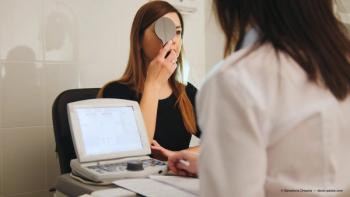
Identifying the distinct pathways in myopic and hyperopic defocus signals could lead to new anti-myopia drugs.

Identifying the distinct pathways in myopic and hyperopic defocus signals could lead to new anti-myopia drugs.
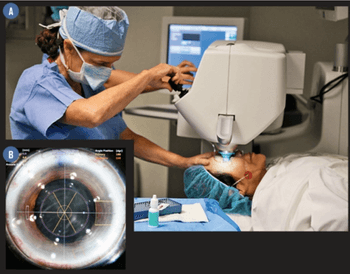
Modern refractive surgery offers additional approaches for collaborative patient care.
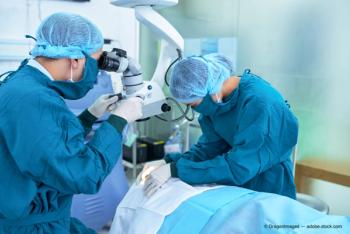
New techniques and technologies are expanding the optometrist’s role in cataract surgery

Patients can benefit from a referral to a neuro-optometrist when these 5 findings are present
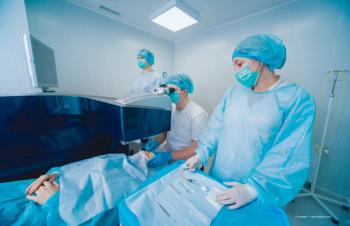
Significant difference from OSD apparent between period of time after surgery, lack of signs
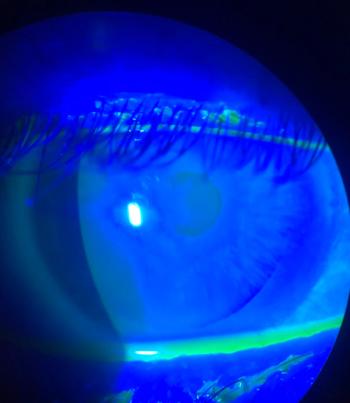
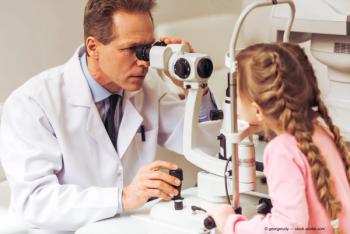
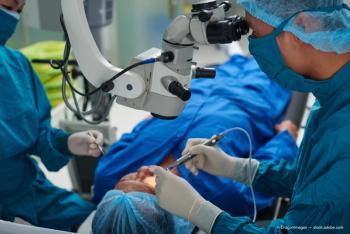

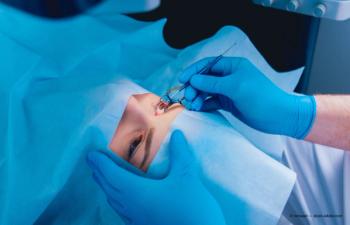


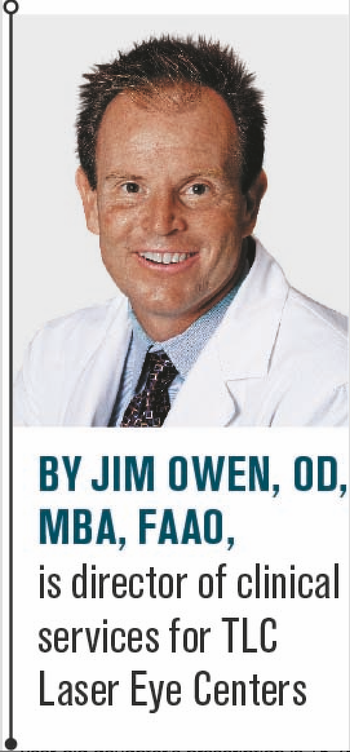
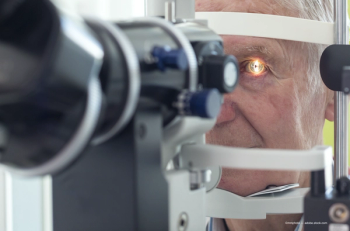

Refractive surgery options continue to evolve. Jake Weber, student at Southern College of Optometry, compares newer refractive surgery devices to traditional refractive surgery weighing the pros and cons at ARVO 2018 in Honolulu.
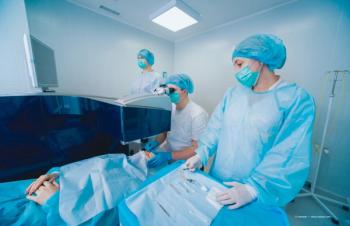
Corneal ectasia is one of the worst outcomes of laser eye surgery (LASIK). One OD takes a look at the importance of operating on good candidates and the newest technologies to do so succesfully.

Preparing a patient for ocular surgery can pose challenges with cosmetics being widely used. Marc Bloomenstein, OD, with the advice of Optometry Times Editorial Advisory Board member Whitney Hauser, OD, discusses the importance of properly preparing cosmetic users for eye surgery.

Refractive surgery is no stranger to evolving technology and research. Jim Owen, OD, MBA, FAAO, explains how recent research has changed the way he positions laser vision correction with his patients.

Our patients have numerous choices regarding advanced technology and eye care. Advances range from how patients check in for an appointment to what tools a surgeon uses to dissect tissue. They all have their benefits, and all come at a cost.

How often have you heard a post-LASIK patient say his surgery “isn’t working anymore” or it has “expired?” While the corneal tissue that was ablated is gone forever, eyes can change over time, and laser vision correction does not stop time.

Photorefractive keratectomy (PRK) was the original excimer laser procedure approved by the FDA-and is still a safe and effective treatment of refractive errors. PRK has the benefits of no-flap creation; therefore, there is no risk of flap complications.
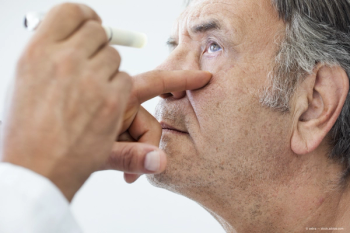
As primary-care optometrists, we are the gatekeepers for baby boomers inquiring about cataract surgery. Today’s patients have treatment options available not only to address their lifestyle complaints but to provide them with better vision and possibly reduced dependence on glasses or contact lenses.

My interest in refractive surgery started in 1976 when my good friend and fellow University of Southern California (USC) ophthalmology resident Rick Villaseñor returned from his course in keratomileusis surgery with Jose Barraquer in Bogota, Columbia.
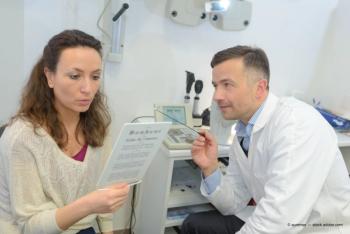
As your patients celebrate another birthday milestone, they are again back in your chair wondering why their reading glasses mysteriously disappear when they are out exploring life or why their arms are not as long as they used to be.
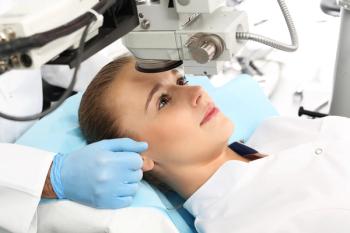
The longer the time since the last outbreak, the better